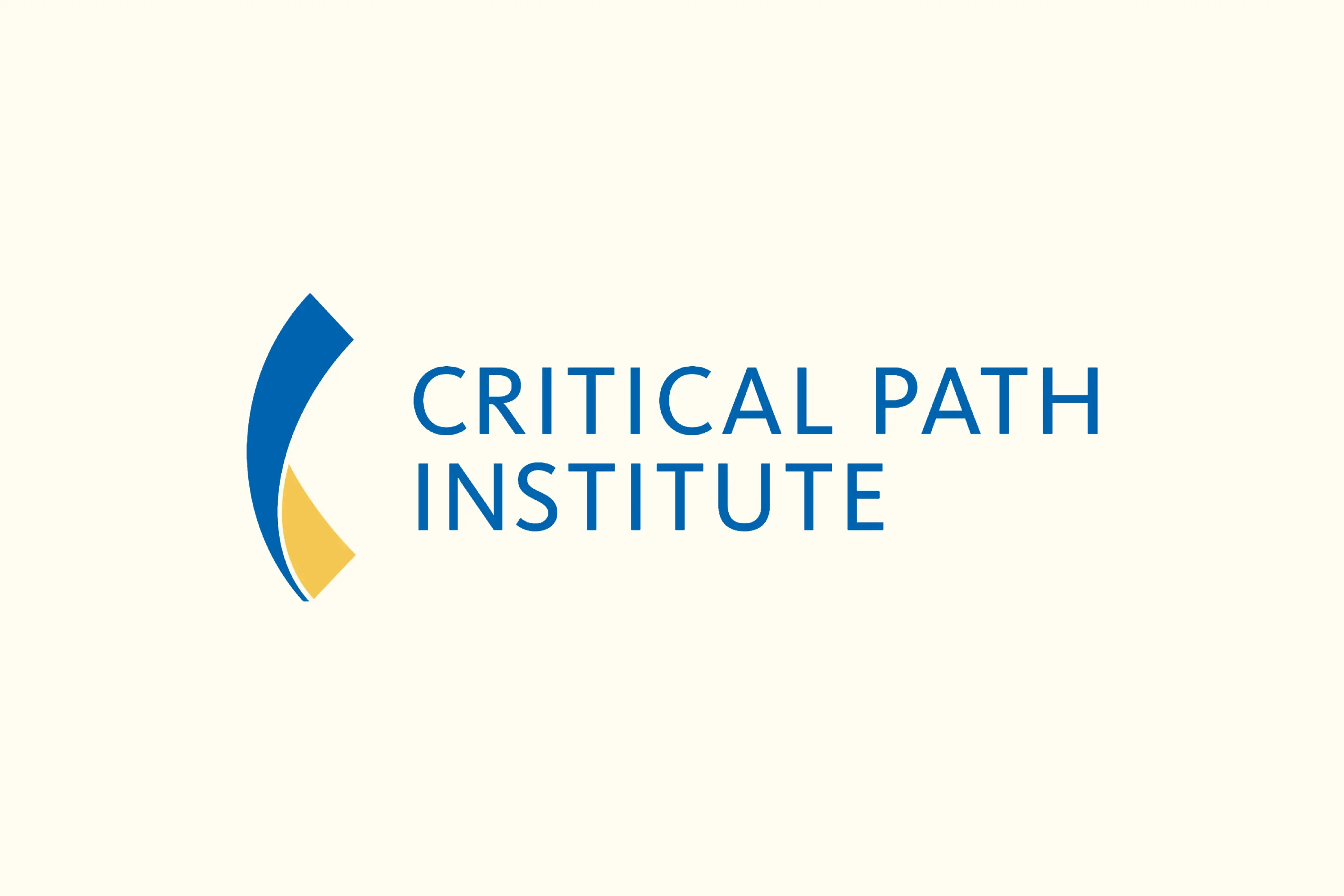CPTA — Impact Through Optimization of Clinical Trial Design
Inherited ataxias are a diverse collection of genetic disorders that are characterized by the primary symptom of ataxia, or an impaired coordination of voluntary movements, such as gait and speech. Clinical presentation of many inherited ataxias is typically associated with atrophy of the part of the brain called the cerebellum. The genetic causes of these rare ataxias are distinct and diverse, resulting in a spectrum of clinical presentation, including differing age of onset and rates of progression, affecting many different body systems. For example, spinocerebellar ataxias (SCAs) often include dysphagia, stiffness, hyperreflexia, spasticity, and may involve cognitive impairment. SCA3, the most common SCA subtype, is autosomal dominant meaning that children with one parent who carries the mutation associated with SCA3 have a 50% chance of inheriting the disease. The familial and progressive nature of SCA3 can leave impacted families with a great deal of uncertainty around the devastating disorder.

Bill Moore and Jessica Oberlin are members of one such family. Bill recalls ataxia being a part of his life since as far back as he can remember, well before his own symptoms became apparent. He remembers family reunions including many relatives in wheelchairs, a situation that he recalls thinking was a normal part of aging until later in his life. As an adult, Bill’s mother began manifesting symptoms of SCA3 and later, he and three of his siblings were diagnosed with the disorder. Bill began experiencing his own symptoms in his 40s, first as problems with coordination and balance, and later with difficulty walking without a walker or scooter, and issues with speech, vision, and irregular sleep. Although concerned about his own circumstances, Bill sees inherited ataxias as a family affair — one which impacts not just himself, but his siblings, children and grandchildren.

Jessica Oberlin, Bill’s daughter, also has SCA3 although she has not yet experienced any symptoms of the disease. In the absence of an approved medical treatment for SCA3, Jessica manages her health in other ways, such as prioritizing working out most days and staying active during her life as a wife and stay-at-home mother of three girls. Jessica and her husband opted for in vitro fertilization and pre-implantation genetic diagnosis for conception to avoid passing on the disorder to their children.
Although Bill and Jessica both live fulfilling lives with ataxia, they are depending on the work of drug developers, regulators, and supporting organizations to deliver treatments for SCA3. The pipeline of new medical products for the ataxias is expanding, but there remain large gaps in the field’s understanding of these diverse disorders. In particular, as novel therapies approach the clinic, there is an urgent need for actionable tools to understand the natural history, progression, and variance in these diseases, as well as how to measure therapeutic effects in clinical trials. Patient-level data from natural history studies, or studies that observe the progression of disease in individual patients, are critical for supporting the development of these innovative tools.

The National Ataxia Foundation (NAF) is a nonprofit patient advocacy organization with many programs aimed at accelerating the development of new treatments for and improving the lives of people living with ataxia. These programs include supporting, promoting, and referring people living with ataxia to key SCA natural history studies, including the Clinical Research Consortium for SCA (CRC-SCA) study and the Clinical Trial Readiness for SCA (READISCA) study. In an effort to support ataxia research and their community, both Bill and Jessica have opted to donate their time, effort, and biofluids (including blood and cerebrospinal fluid) to these studies. Although the process of participating in such studies can be challenging and uncomfortable, Bill and Jessica both see the value of volunteering for these studies to support research for themselves and others living with ataxia.

Officially launched in February 2021, the Critical Path to Therapeutics for the Ataxias (CPTA) is a C-Path public-private partnership with the mission to optimize clinical trials for inherited ataxias. CPTA is a proud partner with diverse stakeholders from across the global ataxia community and collaborates with NAF, the Ataxia Global Initiative, Ataxia UK, the Ataxia Charlevoix-Saguenay Foundation and key partners in industry and academic research, including Biogen, Biohaven Ltd., Ionis, PTC Therapeutics, Servier Pharmaceuticals and VICO Therapeutics. CPTA is currently curating an aggregated database of patient-level SCA data from natural history studies and the few clinical trials thus far in the ataxia space. These data are essential to CPTA’s goal to develop and refine innovative quantitative solutions based on simulation and modeling tools to better understand disease characteristics, optimize clinical trial strategies, and overall accelerate the development of new therapies to deliver innovative new treatments to the inherited ataxia community.





